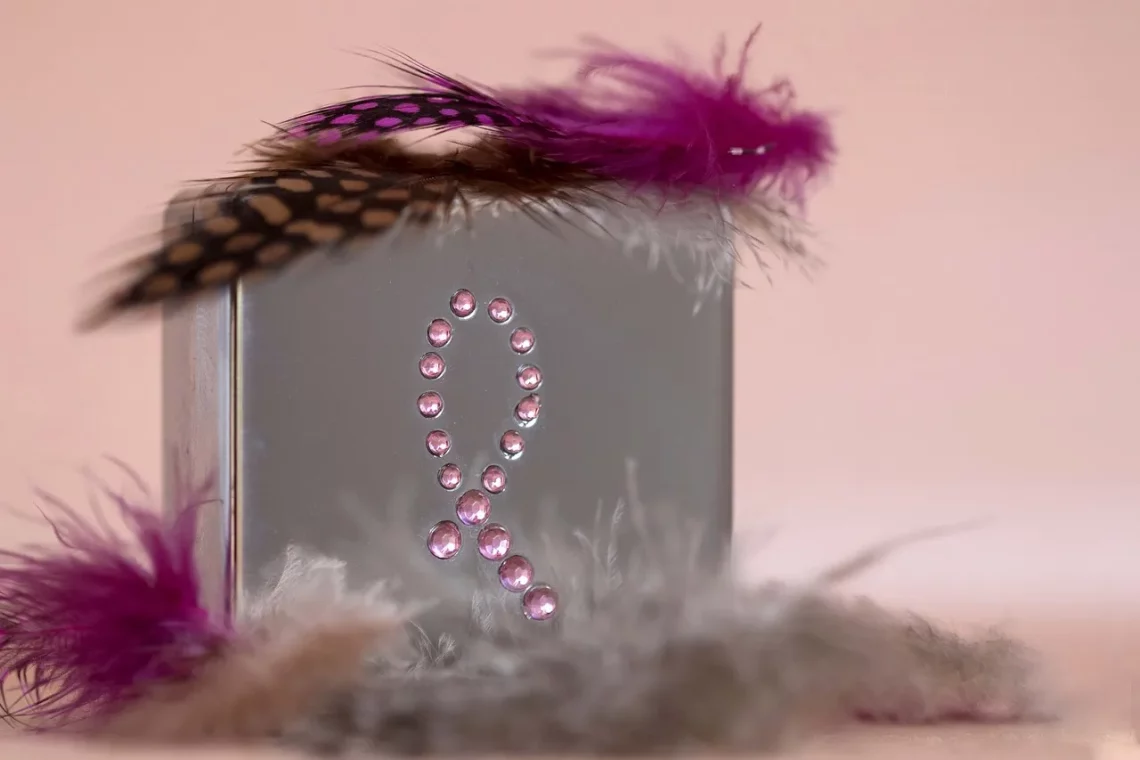
Understanding Puffy Areolas: Causes, Concerns, and Care Tips
Understanding the nuances of human anatomy can often lead to a variety of questions and concerns. One such topic that garners attention is the appearance of puffy areolas. These structures, which surround the nipple, can vary significantly from person to person in terms of size, shape, and overall appearance. For many, noticing changes in this area can lead to confusion, anxiety, or even embarrassment.
Puffy areolas can be a normal variant of breast anatomy, but they can also be influenced by a range of factors including hormonal changes, age, and individual body composition. Understanding these differences is crucial for anyone seeking to navigate their own experiences or those of others. Cultural perceptions and personal experiences can further complicate feelings around body image, making it essential to approach the topic with sensitivity and care.
In an era where body positivity is becoming increasingly important, discussing variations such as puffy areolas can contribute to a broader understanding of normal human diversity. This discussion not only helps in demystifying the anatomy but also promotes acceptance and self-love. By fostering an environment where individuals feel comfortable discussing their bodies, we can help alleviate some of the concerns surrounding such common anatomical features.
Common Causes of Puffy Areolas
Puffy areolas can arise from a variety of factors that influence breast tissue and hormonal balance. One of the most significant contributors is hormonal fluctuations, which can occur during puberty, menstruation, pregnancy, and menopause. During puberty, the body experiences an influx of estrogen and progesterone, leading to breast development and changes in the areola. These hormonal shifts can cause the areola to appear larger and more pronounced.
In addition to hormonal changes, weight fluctuations can also impact the appearance of the areola. As body fat increases or decreases, the surrounding breast tissue may change, affecting the areola’s size and shape. For some, gaining weight can lead to a fuller appearance, while weight loss may cause the areola to appear smaller and less prominent.
Another factor to consider is genetics. Just as individuals inherit various traits from their parents, the size and shape of areolas can also be hereditary. If someone has family members with puffy areolas, they are more likely to have a similar appearance. This underscores the importance of understanding that variations in body anatomy are often perfectly normal and not necessarily indicative of any underlying health issues.
Additionally, certain medical conditions or medications can lead to changes in breast tissue and areola appearance. Conditions such as hormonal imbalances, thyroid disorders, or even certain skin conditions may contribute to puffy areolas. Medications that alter hormone levels, such as birth control pills or hormone replacement therapy, can also play a role.
Overall, while puffy areolas are often a natural variation, it’s essential to remain informed about the factors that can influence their appearance. Understanding these causes can help alleviate concerns and foster a more accepting view of body diversity.
When to Seek Medical Advice
While puffy areolas are commonly a benign characteristic, there are instances when changes in the breast or areola may warrant a visit to a healthcare professional. It’s crucial to differentiate between typical variations and symptoms that could indicate a more serious condition.
For example, if someone notices sudden changes in the size, shape, or color of their areolas, it may be advisable to consult a doctor. Accompanying symptoms such as pain, itching, or unusual discharge should also prompt a medical evaluation. These could be signs of an underlying issue that requires attention, such as an infection or other health concerns.
Regular self-examinations are an important part of breast health. Familiarizing oneself with the normal appearance of their breasts and areolas can help individuals recognize any changes that may occur over time. If any unusual features arise, such as lumps, swelling, or significant alterations in the areola, seeking medical advice is a prudent step.
It’s also important to be aware of certain risk factors that may increase the likelihood of breast-related health issues. A family history of breast cancer, personal history of hormonal disorders, or previous breast surgeries may necessitate more vigilant monitoring. In such cases, discussing a personalized screening plan with a healthcare provider can be beneficial.
Additionally, individuals with concerns regarding their body image or experience anxiety related to the appearance of their areolas may benefit from speaking with a mental health professional. Body image issues can have a profound impact on self-esteem and overall well-being, and finding support can be a valuable step towards acceptance and self-love.
In summary, while puffy areolas are often a normal aspect of human anatomy, being attentive to changes and understanding when to seek medical advice is essential for maintaining breast health.
Care Tips for Healthy Areolas
Maintaining healthy areolas and breast tissue involves a combination of personal care and awareness. Here are some practical tips for nurturing this aspect of your body.
First and foremost, practicing good hygiene is crucial. Regularly washing the breast area with mild soap and water can help prevent infections and maintain skin health. Patting the area dry gently after washing can also prevent irritation, especially for individuals with more sensitive skin.
Moisturizing is another essential step in care. The skin on the areola can sometimes become dry or irritated, especially in response to hormonal changes or environmental factors. Using a gentle, hypoallergenic moisturizer can help keep the skin hydrated and reduce discomfort. It’s important to choose products free from harsh chemicals or fragrances, as these can exacerbate sensitivity.
Wearing a well-fitting bra can also contribute to the overall health of the breasts and areolas. Proper support can prevent unnecessary friction and movement, reducing the chance of irritation. If you engage in activities that involve a lot of physical movement, consider using sports bras designed for added support.
Additionally, maintaining a balanced diet and staying hydrated play a vital role in skin health. Consuming a diet rich in vitamins, minerals, and antioxidants can help promote healthy skin. Foods like fruits, vegetables, whole grains, and lean proteins can contribute to overall well-being.
Lastly, regular check-ups with a healthcare provider can ensure that any changes in breast or areola appearance are monitored. Establishing a routine for self-examinations and discussing any concerns with a professional can foster a proactive approach to breast health.
By following these care tips and embracing body positivity, individuals can cultivate a healthy relationship with their bodies and promote confidence in their appearance.
In conclusion, while puffy areolas are often a normal aspect of anatomy, understanding their causes, recognizing when to seek medical advice, and implementing care strategies can empower individuals to take charge of their breast health.
**Disclaimer:** This article is for informational purposes only and should not be considered medical advice. For any health concerns, please consult a qualified healthcare professional.




